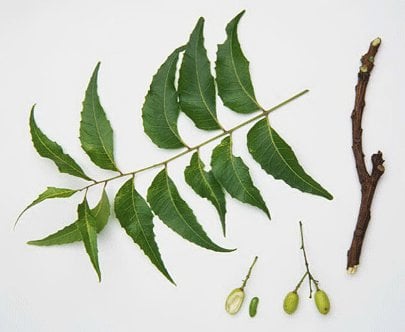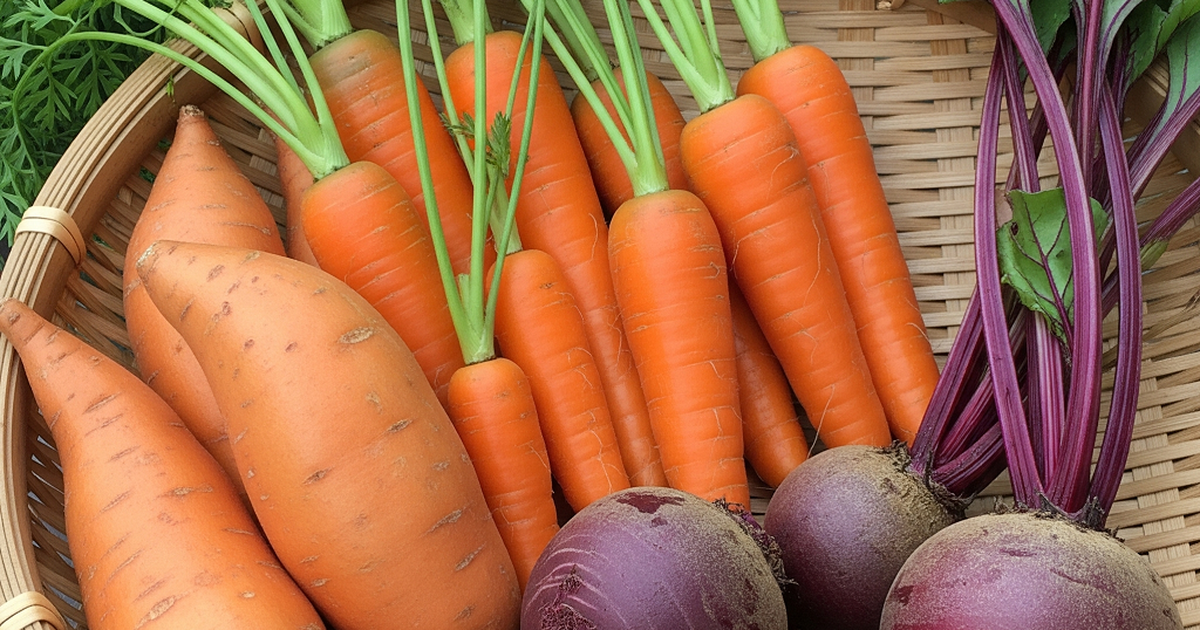
Leaves, fruits, branches of neem tree - Photo: LKPHUNG
Everything on the neem tree is a precious source of medicinal herbs.
The neem tree is also known as the mahogany tree, with the scientific name Azadirachta indica A.Juss, or Melia azedarach Linn, belonging to the Meliaceae family. The tree is widely distributed in India, Thailand, Laos, Cambodia, Sri Lanka, Indonesia, and Vietnam. In Vietnam, the tree grows wild most in An Giang, Kien Giang, Ninh Thuan , and scattered in the Mekong Delta. In Ho Chi Minh City, I see the tree growing a lot in the new urban area of Phu My Hung.
The tree has very green leaves, grows symmetrically, the leaf edges have serrated edges and especially the two bases of the leaf blades are uneven. The leaves have a very bitter taste but have a sweet aftertaste, cool properties. Originating from India with the name "neem", sầu đâu is a woody tree with a lifespan of about 200 years. Everything on this tree is a valuable source of medicinal materials, as well as the benefits of the tree in the field of science and technology. Leaves, flowers, resin, bark... can eliminate about 200 types of harmful insects in agricultural production... And most of all, it has the function of purifying the air, increasing humidity to stabilize the environment.
Recently, the research team of the Ho Chi Minh City Applied Biochemistry Research Center, led by Prof. Dr. Tran Kim Quy, has just announced the successful preparation of three new groups of pesticides extracted from the seeds and leaves of the neem tree called limonoids. This substance has the ability to kill weevils in cereals and inhibit 100% of the germination of fungal sclerotia that damage crops. This is a project to prepare pesticides of plant origin, does not pollute the environment and is not harmful to humans.
Cure many diseases
In the medical field, the miraculous effects of neem leaves have been used by Indians since ancient times as a medicine to lower blood sugar, fight inflammation, fight cancer, fight bacteria, fight fungi, and treat malaria. In addition, it also has the effect of preventing cell oxidation and resisting agents that cause gene mutations or cancer...
For diabetes, you can use 5-10 leaves every day, fresh or dry them in the shade until slightly wilted, then boil them to get the water to drink every day. The medicine tastes very bitter but has a sweet aftertaste, and is not difficult to drink.
India, the United States, the Netherlands, Japan... have prepared and produced from neem leaves various forms of oral medicine such as pills, to treat stomach ulcers, intestinal diseases, tapeworms, medicinal teas, creams and cosmetics for skin treatment of scabies, pimples, tinea versicolor, ringworm, antiseptic soap for external use, or plasters to treat poisonous wounds, abscesses, and leprosy ulcers. The decoction of the plant is also used to treat periodontitis, gingivitis, tooth decay, myositis, and arthritis. It is used externally to cover abscesses, malignant tumors, hemorrhoids, or wounds caused by snake and centipede bites.
The pharmaceutical industry of many countries has extracted the active ingredients of neem branches and leaves and made them into pills to treat diabetes caused by insulin deficiency, as blood purifiers, to treat high blood pressure and arrhythmias, and to reduce fat and cholesterol in the blood.
Neem trees are being grown and exploited on a large scale at neem farms in Binh Thuan and Ninh Thuan provinces and the Ho Chi Minh City Agricultural Chemical Research Center (production scale of 50 tons/year).
Source






![[Photo] General Secretary To Lam attends the 80th Anniversary of the Cultural Sector's Traditional Day](https://vstatic.vietnam.vn/vietnam/resource/IMAGE/2025/8/23/7a88e6b58502490aa153adf8f0eec2b2)


































































































Comment (0)